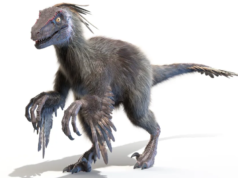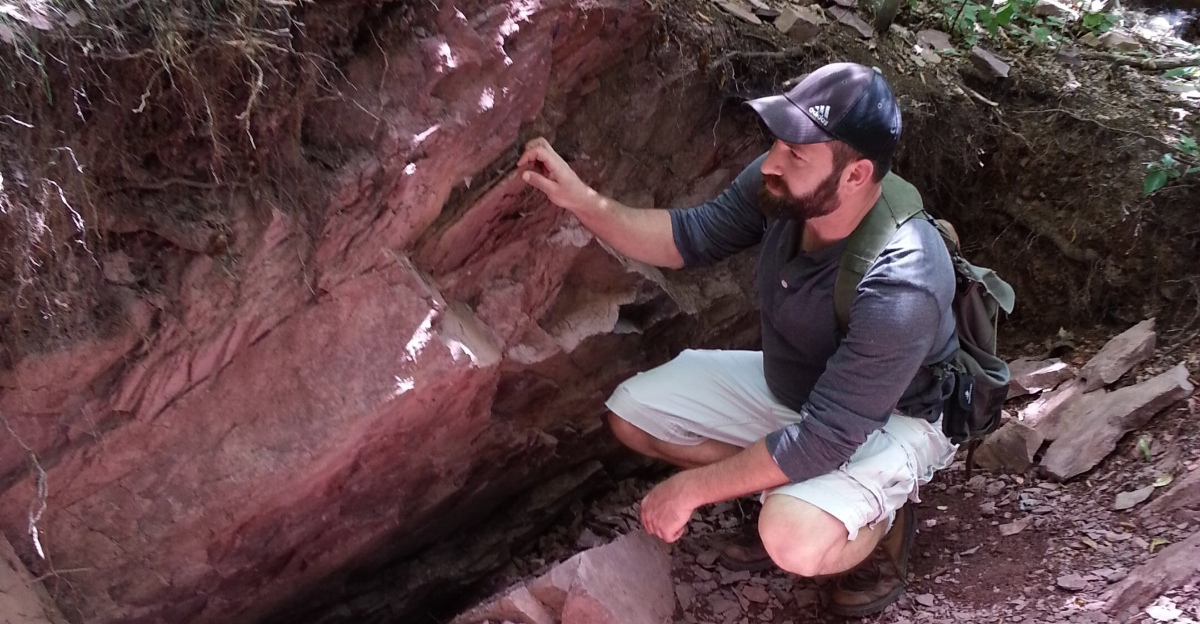
407 million years ago, the Earth was a very different planet. There were no trees, no land animals—only a few mosses, liverworts, and the occasional early plant. Yet, something rather strange still roamed: Prototaxites, a massive creature that stood up to 8 meters (26 feet) tall.
Discovered in Scotland, this ancient giant stumped scientists over a century ago. Was it a fungus? A tree? Something else? Its sheer size meant it was the tallest living plant on Earth for millions of years.
And as we unravel its mystery, Prototaxites challenges everything we know about ancient life on Earth, making us reconsider which organisms dominated our planet millions of years before dinosaurs.
The Mysterious Prototaxites
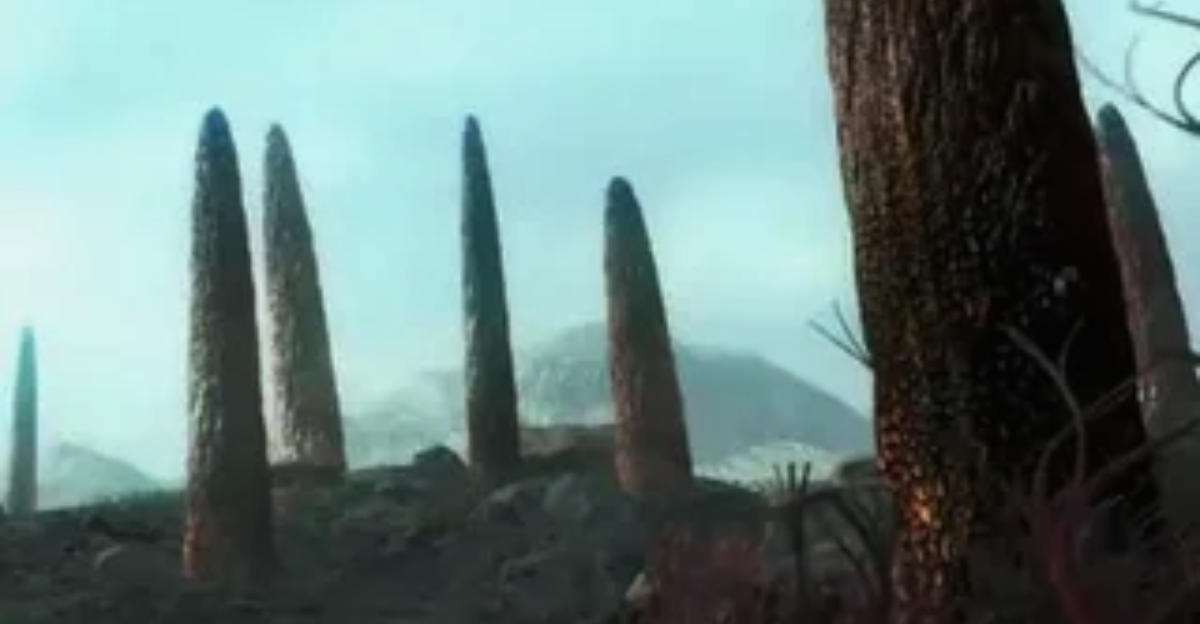
Discovered as early as 1843, Prototaxites resembled a giant tree trunk—but it wasn’t. Scientists at that time believed it was a very old conifer. But this theory was disproved when more researchers discovered that conifers had not yet evolved.
Then, scientists believed it was a giant fungus, but this wasn’t the case either. Its form was unlike any fungus ever found, and chemical analysis made things even more confusing. Even after decades of research, it may never find a place in any known kingdom: it was neither a plant, nor a fungus, nor an animal.
New studies indicate that Prototaxites may be a member of an entirely new branch of life—some old eukaryote that took no living descendants with it. This enigmatic organism may change the way we understand evolution and the diversity of the life of ancient ecosystems.
The Rhynie Chert – A Time Capsule

The Rhynie Chert is the most remarkable fossil site in the world. Uncovered in Aberdeenshire, Scotland, the deposit appeared about 407 million years ago when hot, silica-rich springs preserved anything in their close proximity.
That even includes fragile structures such as cells and soft tissues, which were frozen in the utmost detail. Among the finds here is Prototaxites—pristinely preserved, gleaming out from among less complex mosses and ancient vascular plants.
Scientists study this deposit to learn what early land ecosystems were like and how they operated. The Rhynie Chert provides a window into the earliest land life on Earth and how bizarre and varied things were when complex ecosystems were just forming.
Mythbusting the Fungus Hypothesis
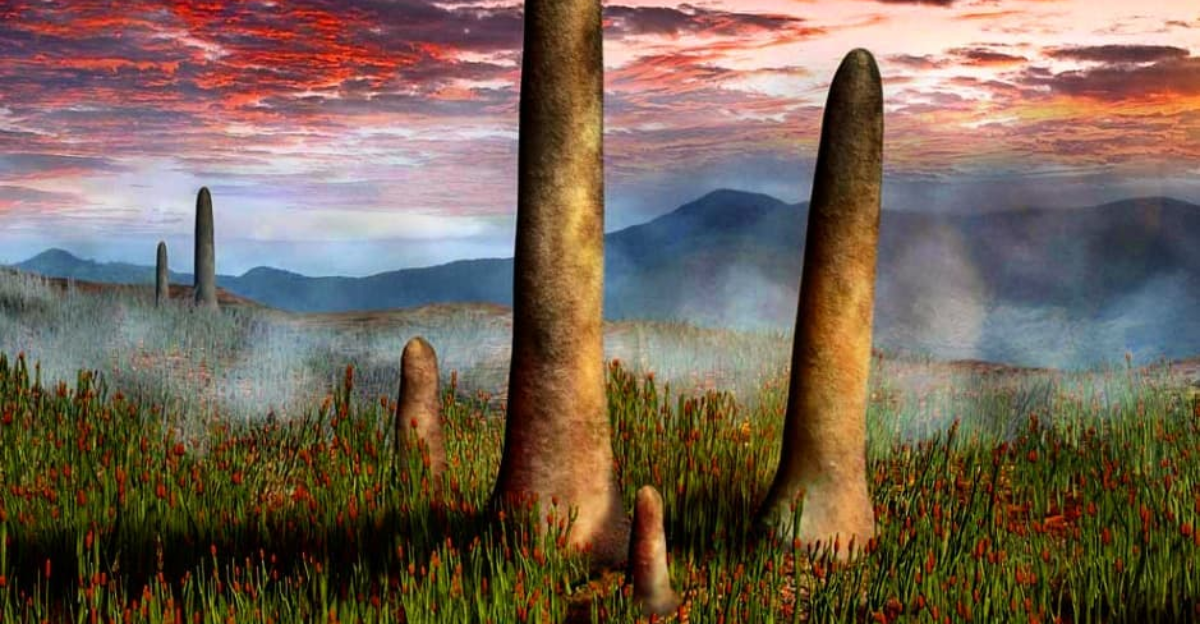
For several decades, Prototaxites was believed to be a fungal giant. Its size and internal structure appeared to be roughly what you’d expect from a mushroom. But chemical analysis these days has disrupted that notion.
Scientists were unable to detect chitin, the tough substance that makes up fungal cell walls. What they did detect was lignin-like chemicals—usually found in plants. But Prototaxites isn’t structured like a plant, either. Its tissue and growth pattern don’t look like anything we have now.
These findings continue to puzzle scientists. If it is not a fungus, not a plant, and not an animal, then what is it? Prototaxites may be a completely extinct form of life.
A New Branch on the Tree of Life
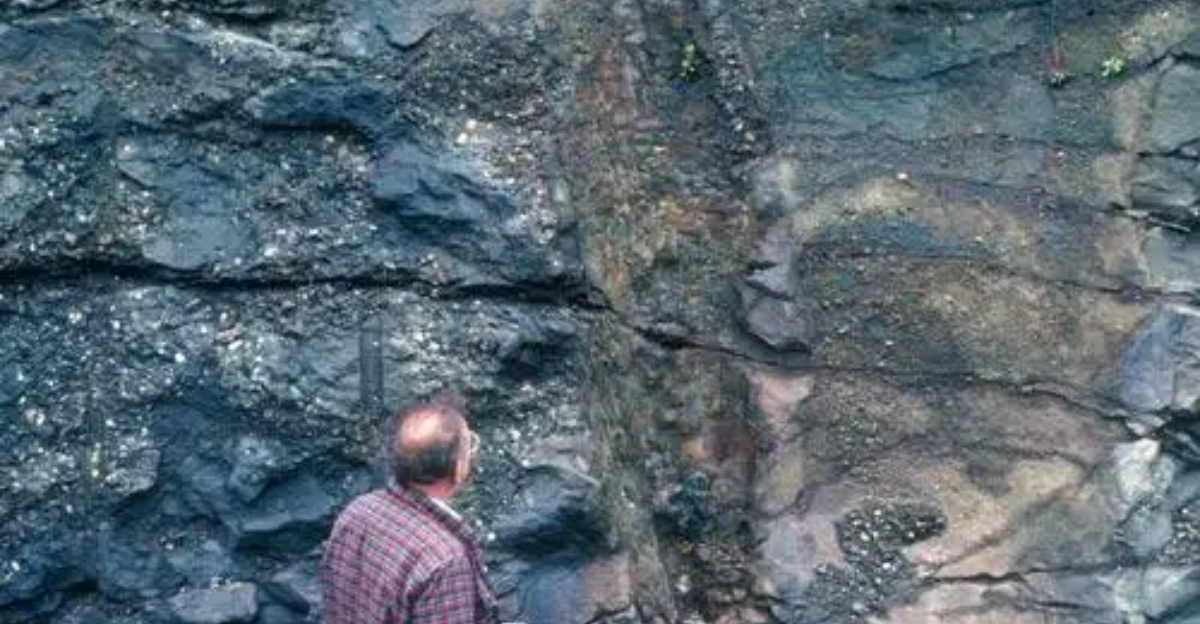
If Prototaxites doesn’t fit into any of today’s known classifications of life—plants, fungi, or animals—then maybe it’s part of a whole new branch of eukaryotes. Eukaryotes are organisms consisting of eukaryote cells, and now range from yeast to humans.
But picture a limb of eukaryotic life that diverged in another direction, thrived for millions of years, and then vanished without a trace. This is what Prototaxites could be.
That would leave our tree of life one branch short. Unraveling the secrets of Prototaxites might allow scientists to understand how life experimented with new biological forms of life on Earth in the far past—and why some lineages, however extensive they were, were forever lost.
Redefining Early Life on Earth
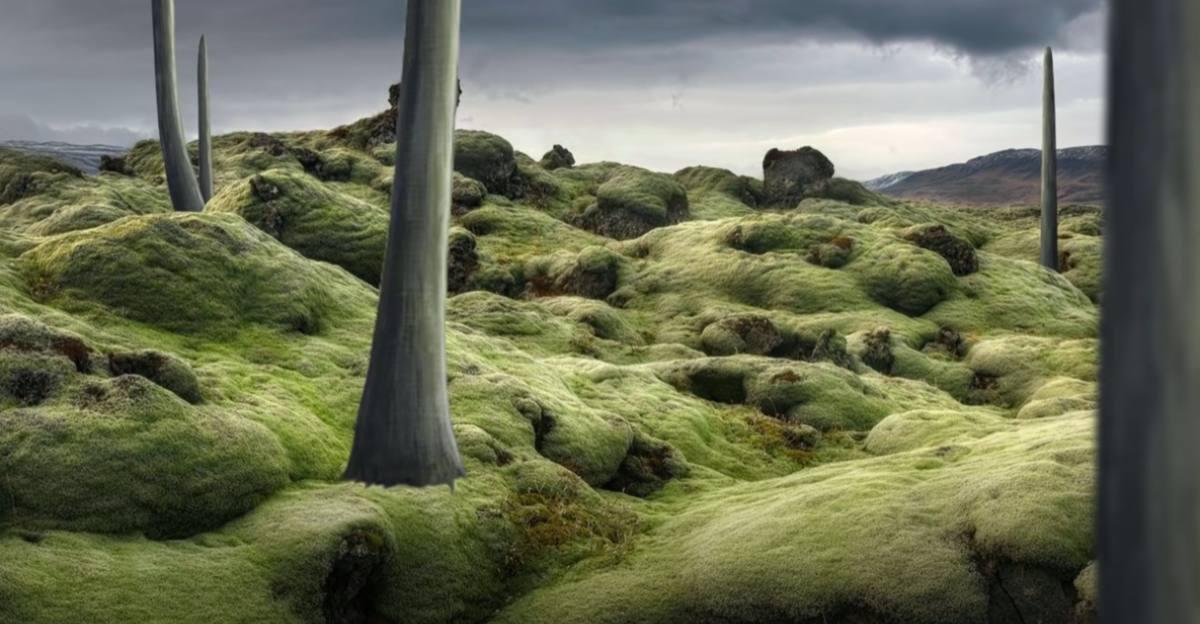
Prototaxites is forcing us to rethink early life. Early life forms were tiny, simple, and microscopic. And then came Prototaxites—an organism standing tall among its peers.
For millions of years, it was the defining characteristic of the landscape, and it left an indelible mark on the ecosystem. Its existence still poses significant questions surrounding its discovery. How did this massive organism survive in an ecosystem that wasn’t as diverse as our current one?
What ecosystems did Prototaxites inhabit, and how did they exist in the larger food web of their time? This revelation unlocks new avenues of inquiry, challenging scientists to rethink the ecosystem processes of the Silurian and Devonian eras.
Why Did Prototaxites Survive?
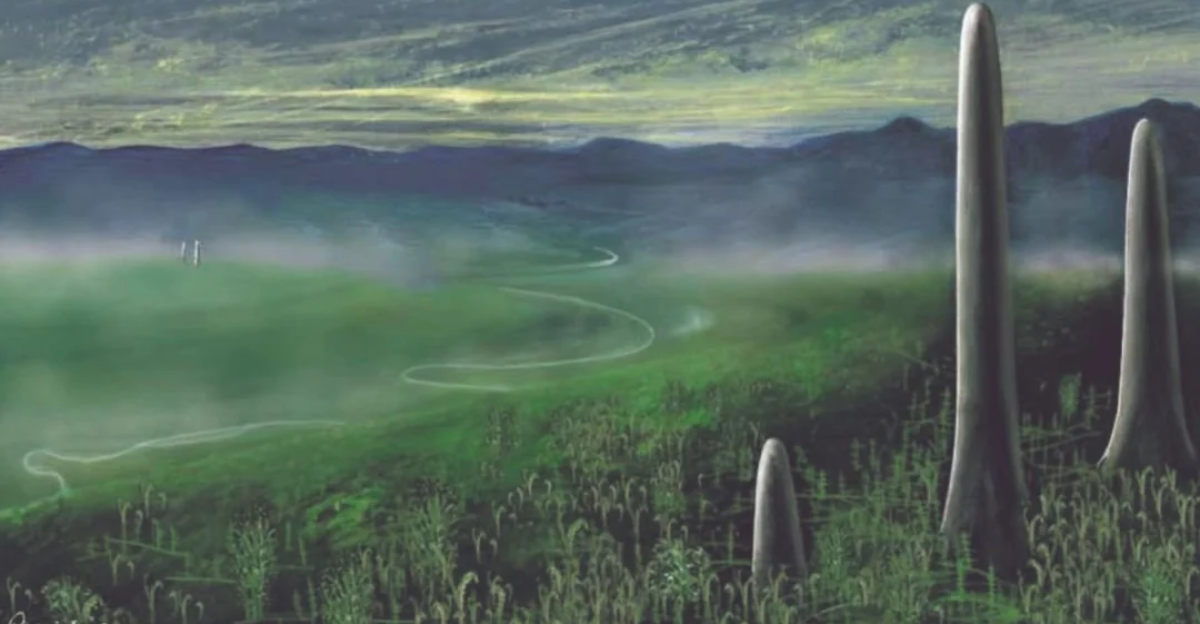
Prototaxites towering height was strange. Its enormous, tube-like shape implies it could grow in ways no living organism today can. Its heterotrophic existence, meaning it consumed organic matter instead of manufacturing its own food, also makes it different from plants.
Scientists speculate that Prototaxites may have gained nutrients from dead plant life surrounding it and somehow survived. The fact that it could grow so high without photosynthesis defies current theories of how ancient land plants survived without having advanced ecosystems. This survival tactic sheds new light on how adaptable ancient life was.
A Lost Branch of Life
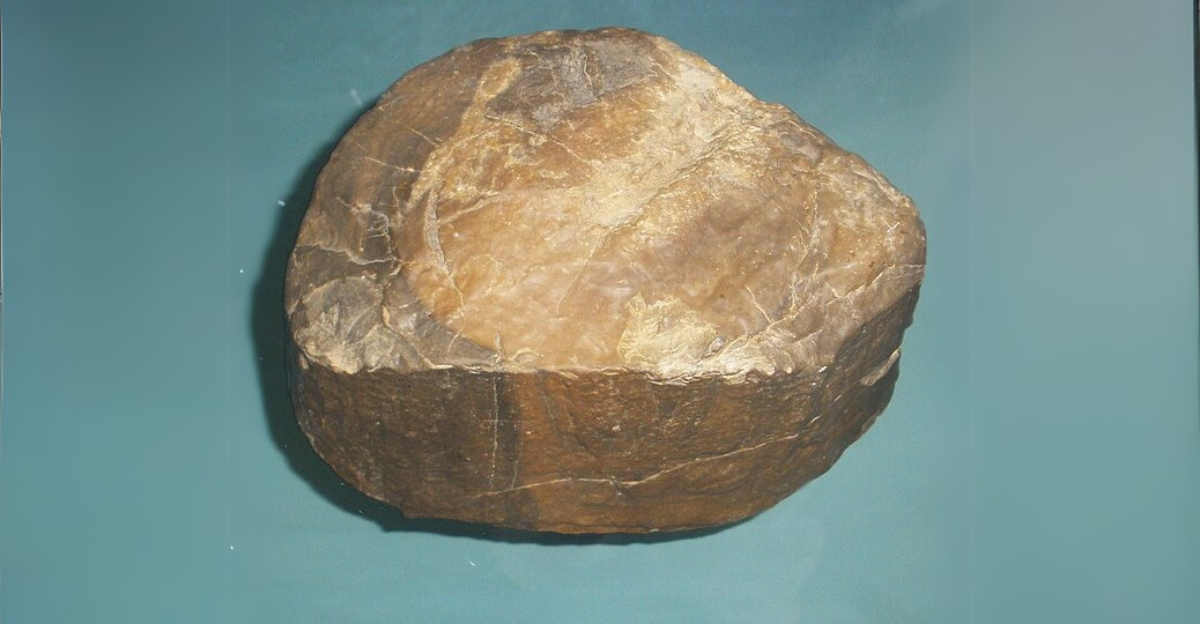
Prototaxites has intrigued scientists for hundreds of years, but new data indicates that it belongs to a previously unknown branch of eukaryotes—life composed of cells with nuclei.
As scientists continue to dig deeper, they’re uncovering evidence that Prototaxites belonged to a different lineage that doesn’t fit anybody’s familiar model of life. Perhaps this one successful organism is the remnant from a completely extinct line of evolution.
Might others have existed, invisible forms of life millions of years ago that left behind only faint traces of their existence? The Prototaxites discovery makes us rethink the evolution of life on Earth.
Implications for Evolutionary Biology
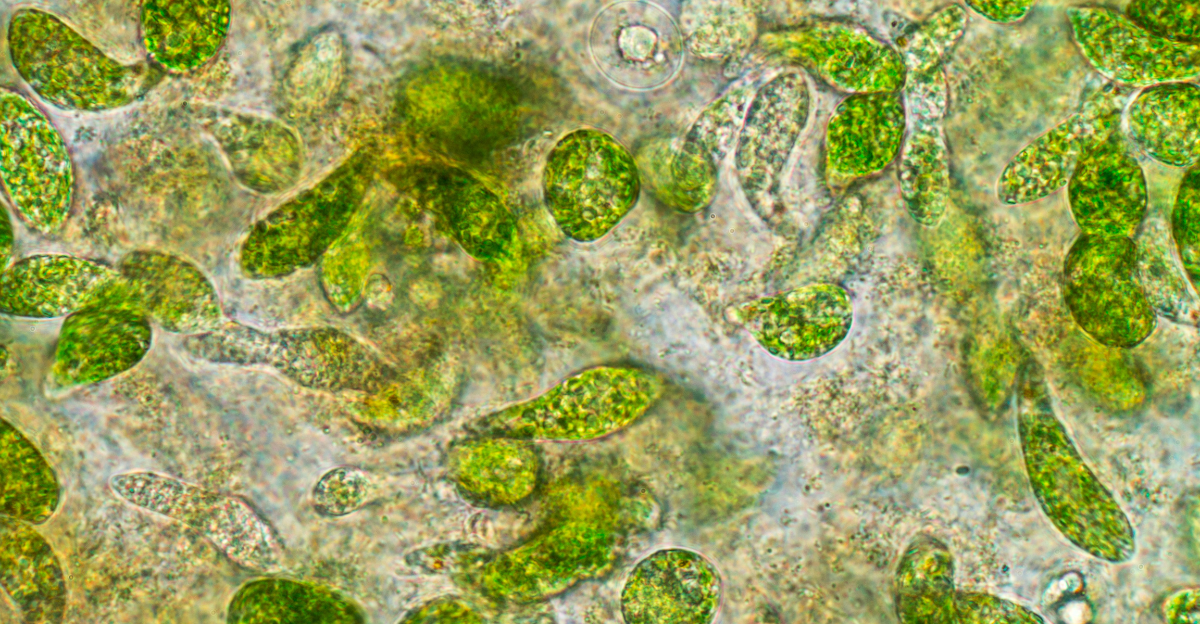
The findings of Prototaxites make us rethink evolutionary biology and the tree of life. Up to now, life on Earth has been separated into three domains: Bacteria, Archaea, and Eukaryotes.
Under eukaryotes, we have plants, animals, fungi, and protists. But Prototaxites’ discovery raises the question: Could there be a whole lost category, a fourth group, that existed in the past and didn’t survive to today?
This discovery may not only change our vision of life during ancient times, but perhaps unveil previously unknown evolutionary pathways in the evolution of complex organisms. The implications are profound, prompting us to wonder at the very fabric of evolutionary history.
The Mystery Continues
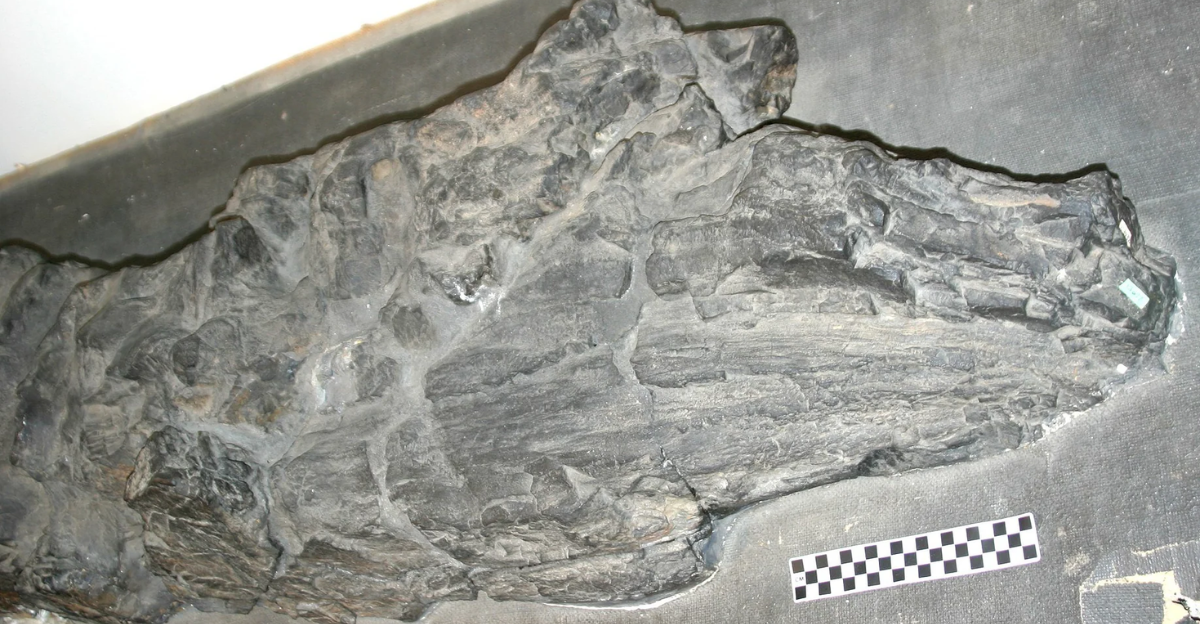
Although the discovery of Prototaxites has explained some of the mysteries, it has raised so many more. Why did this giant organism vanish into thin air? Was it due to a climatic shift, alteration in ecosystems, or perhaps something else that remained unexplained?
Scientists are still trying to piece it all together, but this much is certain: the history of life on our planet is more complex and mysterious than we ever thought.
Prototaxites forces us to think about how the history of Earth’s past is filled with dead lineages, unseen wonders, and types of life that lived—and died out—without leaving any known traces or descendants.
Explore more of our trending stories and hit Follow to keep them coming to your feed!

Don’t miss out on more stories like this! Hit the Follow button at the top of this article to stay updated with the latest news. Share your thoughts in the comments—we’d love to hear from you!



